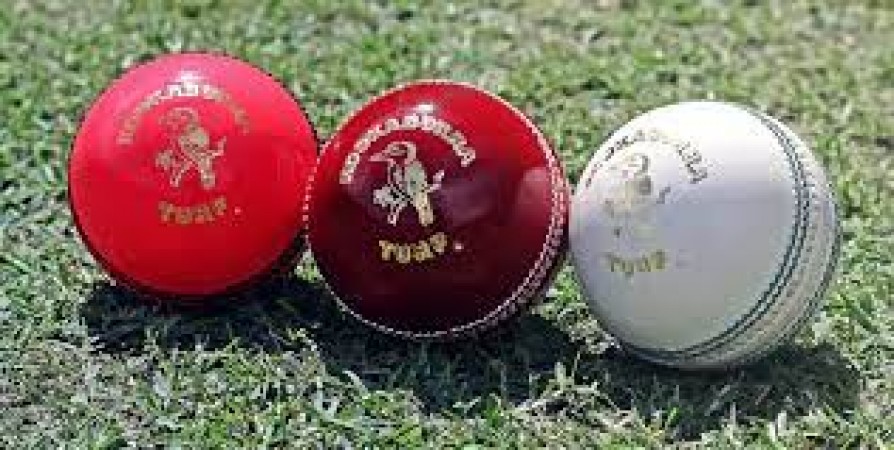
Cricket, a sport steeped in tradition and nuances, often raises questions about its unique practices, including the color variation of the ball in different formats. The distinction between the white ball used in One Day Internationals (ODIs) and the red ball employed in Test matches serves various purposes deeply rooted in the game's history, playing conditions, and strategic considerations.
Historical Context: Red Ball Dominance in Test Cricket
Test Cricket Tradition: Test cricket, the longest and oldest format of the game, has historically utilized a red ball. This tradition dates back to the early days of cricket, where matches were played over multiple days, allowing for the use of a durable, easily visible red leather ball.
Visibility and Durability: The red ball's visibility against the traditional white cricket attire and its durability over long innings made it the preferred choice for Test matches, which often span over five days of play.
Traditional Appeal: The red ball has become synonymous with the heritage and tradition of Test cricket, embodying the essence of the sport's rich history and timeless battles on the field.
Evolution to White Ball Cricket: Origins and Rationale
Introduction of Limited-Overs Cricket: The emergence of limited-overs cricket, particularly One Day Internationals (ODIs) in the 1970s, necessitated the development of a ball better suited to shorter matches with fixed timeframes.
Day-Night Matches: ODIs often take place during the day, but the introduction of day-night matches, where games extend into the evening under artificial lighting, posed visibility challenges for the traditional red ball.
Innovations for Enhanced Visibility: To address visibility issues, cricket authorities experimented with different colors for the ball, eventually settling on white for ODIs, as it stood out prominently against the players' colored clothing and under floodlights.
Strategic Implications and Adaptations
Bowling and Batting Dynamics: The contrast in ball colors influences the dynamics of bowling and batting strategies. The red ball tends to offer more swing and seam movement, favoring bowlers, while the white ball, particularly when it's newer, aids batsmen with its harder surface and visibility under lights.
Fielding Challenges: Fielding teams also adjust their tactics based on the ball color, with different strategies for maintaining shine and swing, depending on whether they're using a red or white ball.
Balancing Tradition with Innovation
In essence, the use of different colored cricket balls in Test matches and ODIs reflects the sport's ability to blend tradition with innovation to meet the evolving demands of modern cricket. While the red ball preserves the heritage and tactical nuances of Test cricket, the white ball enhances visibility and excitement in limited-overs formats, contributing to the diverse tapestry of the game.
Are you troubled with constipation every morning? These black spots will provide quick relief
Start like this to lose weight, you will get the right results.
Do not eat these 5 things on an empty stomach in the morning, it causes harm to health